For many people, buying a digital camera for the first time can be overwhelming. Digital cameras have become so diverse that selecting a camera is not limited to one model or brand but several. However, getting a camera should be a joyous experience because you’re not only taking your love for photography seriously but also getting to understand how cameras work.
The first step in choosing a functional camera is being realistic about the budget and spending according to your means. Next, you should check what features are available on the different models and stick to what satisfies your needs and wants best. There are different camera options available based on the type of photography you plan on doing.
Okay, let’s take it away!
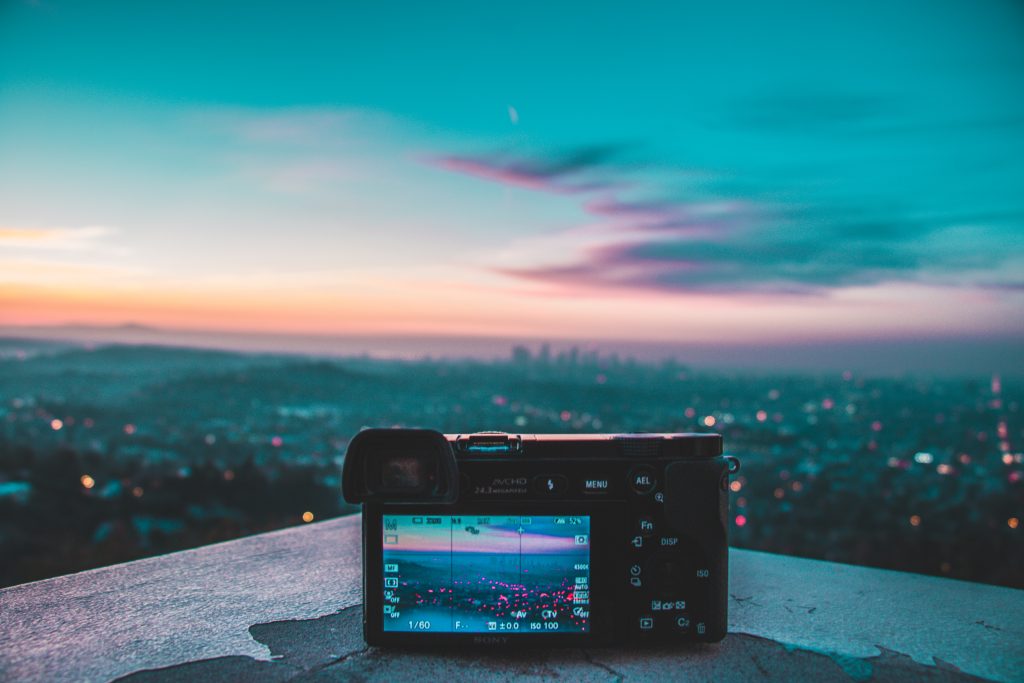
1. Look for Important Camera Features
Your new camera is nothing but your future best friend. The features are the nitty-gritty details that define your camera and its functionality. If your camera does not have descriptions on its website, it’s better to research before purchasing. These features are such as:
Sensor
The sensor is where all the magic happens. The sensor can be compared to the film that existed in the old days, and it is the part that records your picture. When digging up information about the sensor, ensure you consider its size and the total number of pixels it contains, and how these two will affect the quality of pictures you intend to take.
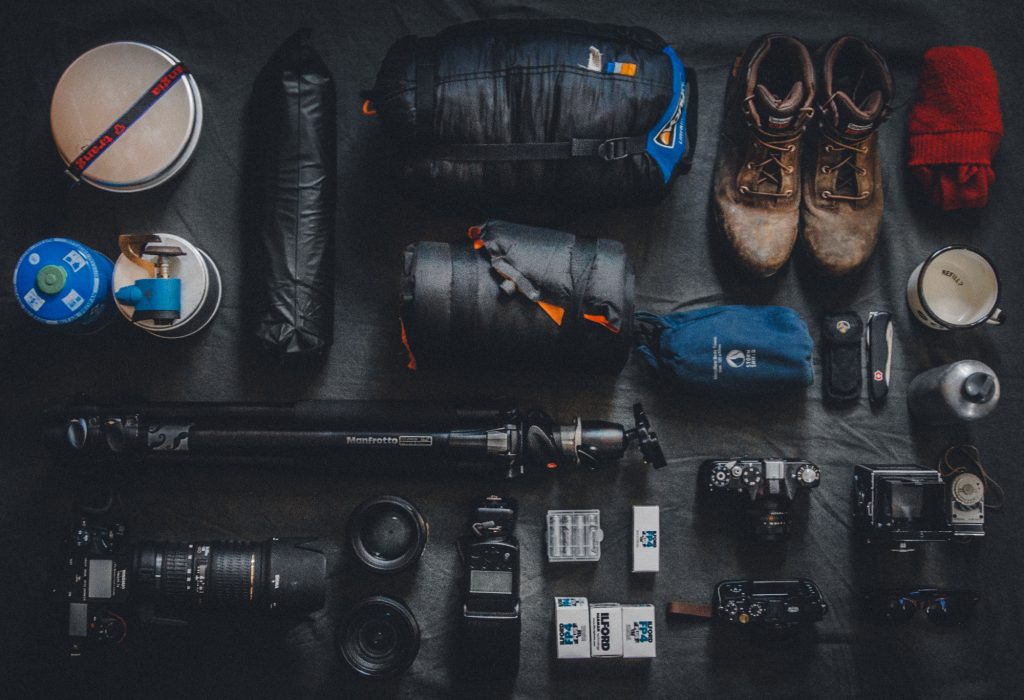
Pixels
The amount of pixels a camera has is measured in Megapixels, and anything ranging from 20MP and above is a good number. The final image quality is affected by the number of pixels but do not worry about that because nowadays, even the simplest camera has a perfect number of pixels.
Full Frame Vs. Cropped
As far as size is concerned, there are two different sizes. A full-frame sensor can be compared to the Single-Lenses Reflex camera, and it’s nothing more than an analog film dimension, and a cropped sensor is smaller than that. Why is this important? The size of the sensor determines the focal lengths, and you need different focal lengths to achieve the same angle of view.

ISO Range
The ISO range determines the light sensitivity of the sensor. The lowest ISO setting in most cameras is 100, but this is nothing to be excited about because it’s pretty much the same in every camera, and it’s the other end of the spectrum that is interesting. The higher the number of ISO range settings, the more sensitive to light the sensor becomes.
The ISO range is substantial because it’s easier to take pictures in low-light situations. While boosting the ISO is extremely important in photography, it comes with a price. The higher the ISO, the more grain or noise in your photos. The noise basically looks like speckles of light and color that are randomly strewn on your image. For this reason, it is important to keep the ISO down and increase it only if you must.
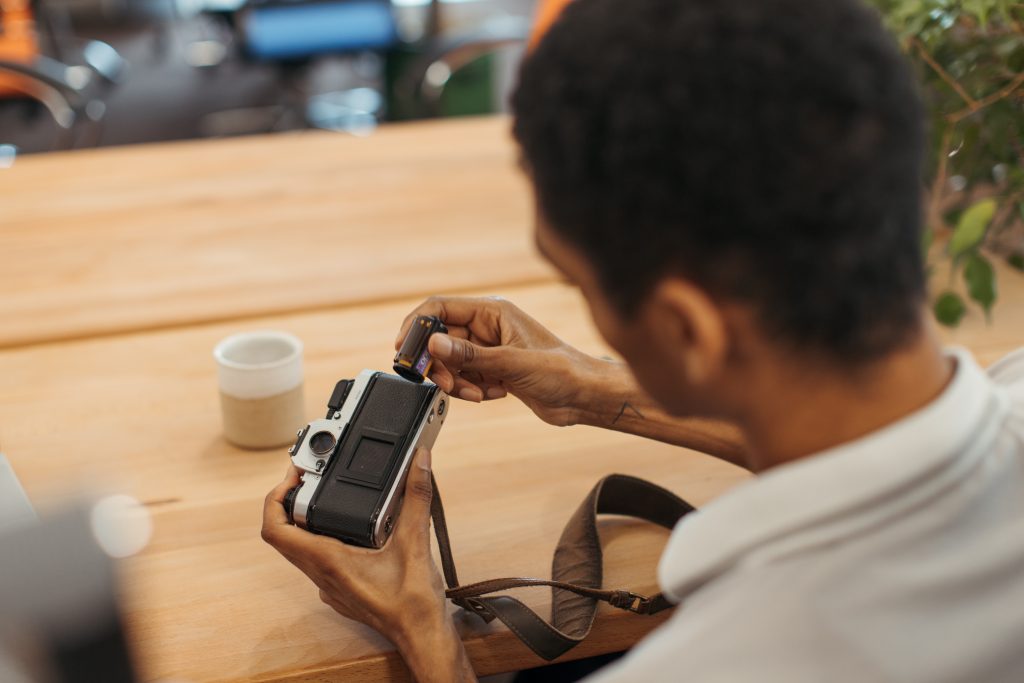
Image Stabilization
Image stabilization helps to reduce the blurriness caused when the camera shakes. With IS, you can shoot with slower shutter speeds because it is technically made to stabilize the camera when the shutter is pressed.
When shooting in low-light situations, it’s better to use a slow shutter speed. With Image Stabilization, you can reduce the camera shake and make your pictures clearer.
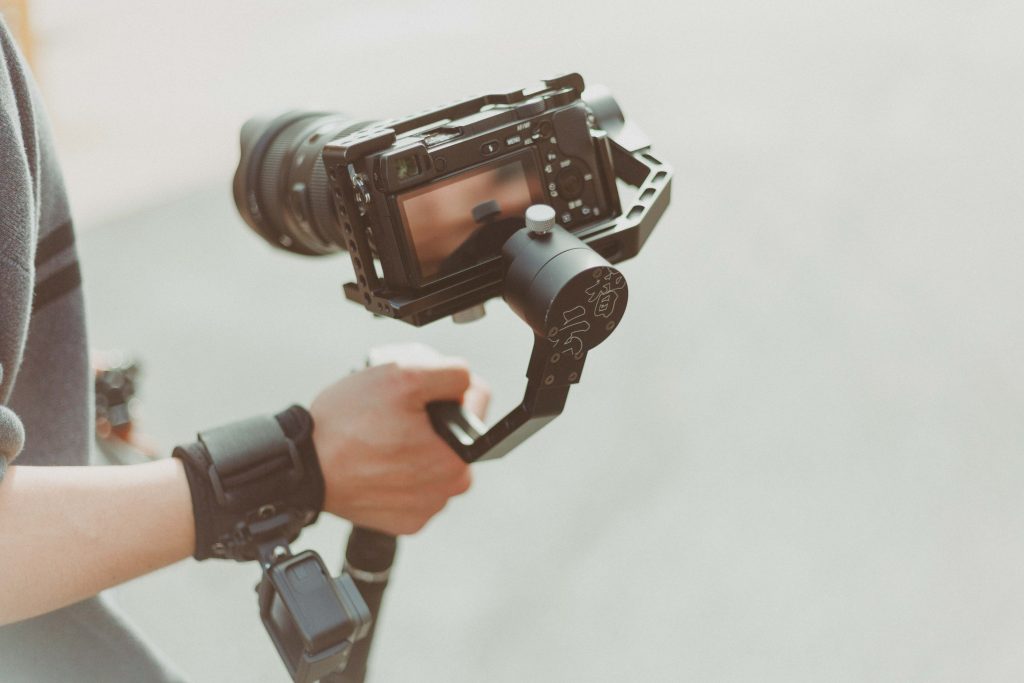
2. Consider Your Budget
Trust me; your budget is a vital differentiator when selecting a digital
camera, and it determines the quality of the camera you buy. Larger cameras that have fancier cameras and with interchangeable lenses and high-resolution images are expensive, while the ones that have point-and-shoot cameras are
cheaper.
The best solution in budgeting would be to set a price range and filter down the camera options that lie in this range, which is also a good way of narrowing down your options.

3. What Lens Do You Need?
The lenses are more important than the camera itself. While buying a kit lens may be a good alternative, they are on the low end of the quality scale, affecting picture quality. It is better to save up and purchase lenses separately.
Different lens features are such as:
Zoom Vs. Prime
A zoom lens has different focal lengths in a single lens, while a prime lens comes with a fixed focal length. Settling on a zoom lens is better because you save yourself from the bulk of walking around with too many lenses. However, zoom lenses have a lower quality than prime lenses.
Aperture
It is the opening found inside the lenses. The wider the opening, the more the sensor receives light. If the lens contains a maximum opening, the quality of the picture is likely to be good, even in low-light situations.
Subjects
Choose your lens according to the subjects you regularly photograph. You can use a wide-angle lens for landscape, documentary, or street photography and a telephoto lens for wildlife, sports, or portrait photography.
4. What Type of Camera Are You Looking For?
There exist two types of digital cameras: DSLR and Mirrorless. A DSLR camera is a Digital Single-lens Reflex with a mirror inside that lets you view the scene through the viewfinder.
However, a Mirrorless camera contains no mirror and works under a completely different system. Once you pick one choice, it is impossible to crisscross between the two systems hence the importance of in-depth research before purchasing.
Keep an open mind while choosing between these two because they both have pros and cons but most importantly, go for a camera that matches your needs!
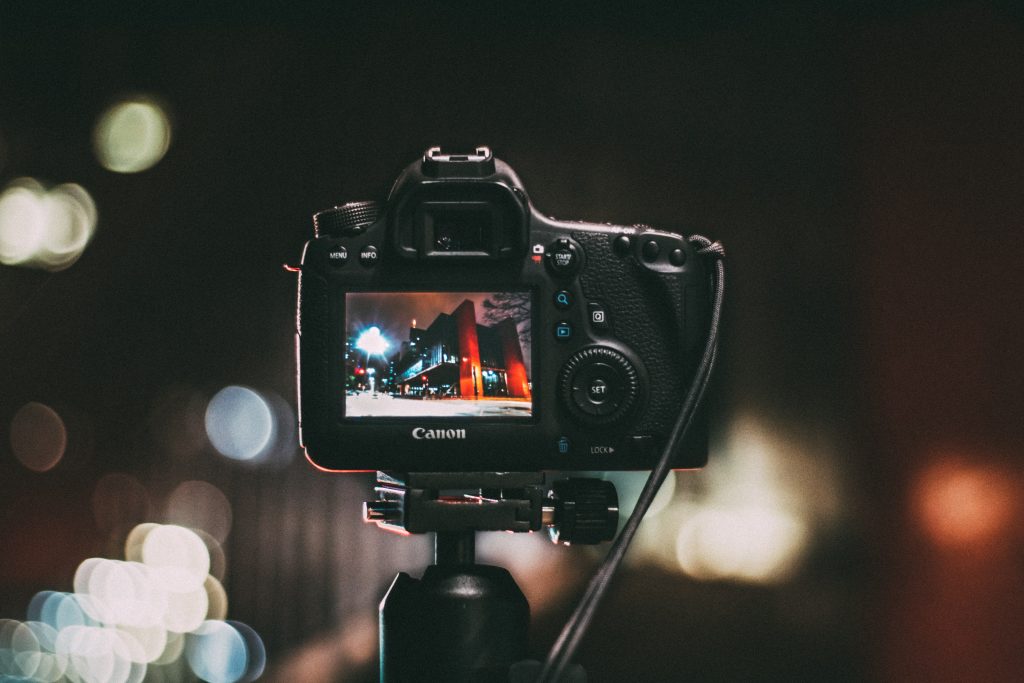
5. Conduct Research on the Ideal Camera You Need
The research comes after surveying different cameras, narrowing down the options, and now you have the best camera that suits you. Because you now have the basic knowledge, it is now time to get into the specifications and make your comparisons before walking into the shop. Once you have your options, you may now want to find out what other people are thinking about the cameras.
A good way is to check for consumer reviews that are all about personal experience and interactions made with the cameras you want to purchase
6. What are Your Purpose and that of the Camera?
Before buying a camera, figure out the extent to which you want to take your photography journey and the type of photography you most fancy. If it’s something you want to do more and get better at doing, consider getting a camera that will grow with you in the photography journey and not something that will give you a hard time as soon as you start.
Also, a digital camera will serve you depending on how you want it to. If you plan to take photography to the next level, check on the range of lenses and settle on the most appropriate ones.
7. Visit a Camera Store to Physically Survey Your Options
By now, you have already put in a lot of research and effort to discover your ideal camera. By physically visiting a camera store, you get to speed date your possible new cameras and get the last and best options of all.
You can also get further expert advice on the best cameras, their functionality, lifespan, and basically everything associated with buying a new camera by visiting the shop.
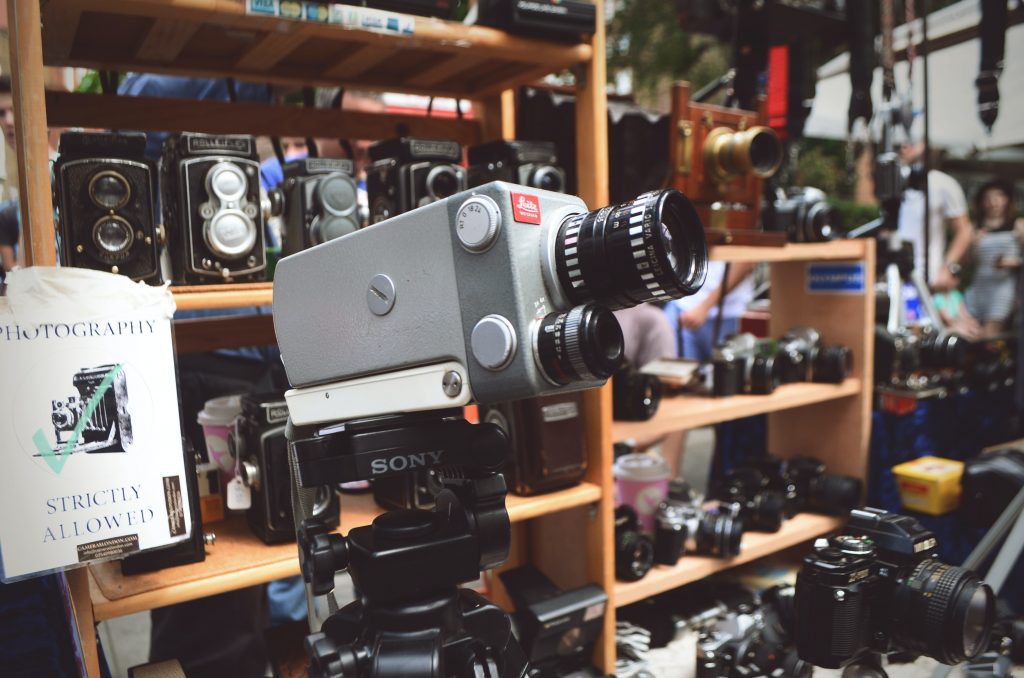
Final Thoughts
Once you get your camera, you need to accessorize it as desired. You need to have two memory cards so you can change one when it’s full and a separate battery in case your battery dies in the middle of nowhere. Also, make sure you have a camera bag for maximum protection, especially if your photography involves traveling.
Depending on the type of memory card you have and the slot, you may need a card reader. Insuring your camera is also up to you, but it is important if the camera is stolen.
That’s it! The roadmap to choosing the right camera and advancing your photography skills.
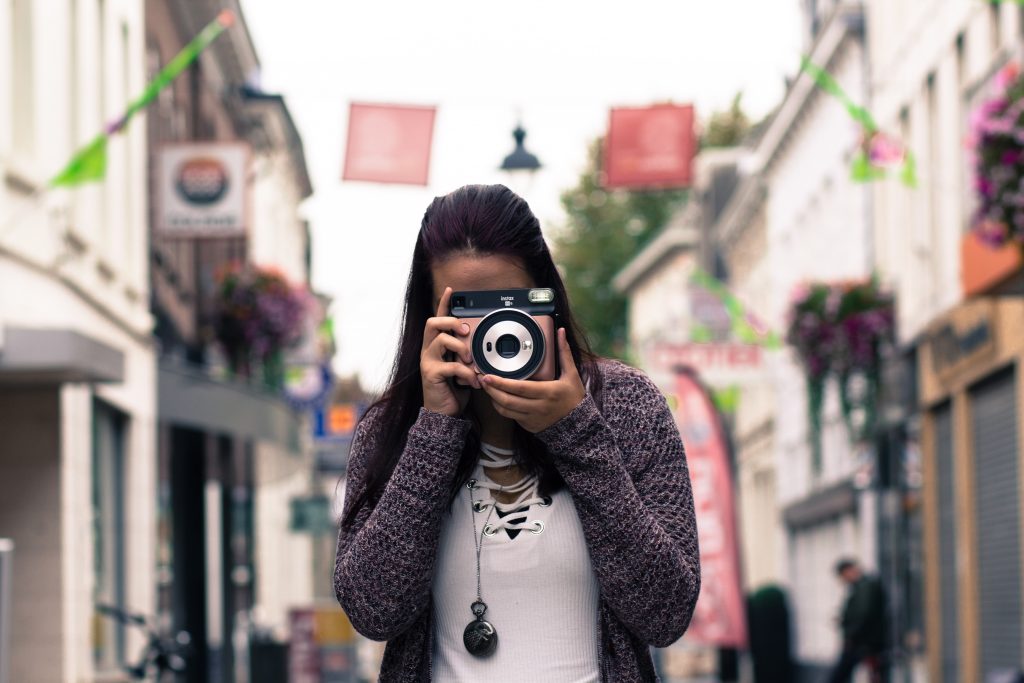
How much it costs to successfully articulate an online course in 2022 depends on several factors coming into play.
These factors range from who the course is made for, who creates the course, you or another party, and the complexity of the course.
Creating and trading online courses is a highly profitable business with the potential to generate a good stream of passive income. However, creating a valuable course that will generate income and add value to the student’s life is an investment that you have to be
prepared for.
Let us dig in and find out how much it actually costs to create an online course and the important course elements.
